Is it really gone?
by Wallace Wyss –
Back in the ’60s, I used to know a guy in Detroit who was a top-drawer exec for GM—head of styling, in fact. And when he replaced the founder of GM Styling, Mr. Harley Earl, Bill Mitchell had to fill some pretty big boots.
Like his predecessor, Mitchell was a snappy dresser (that’s actually what they called it back then, “snappy”), and in the summer he sported white suits, panama hats, and two-tone shoes. He may have been rotund, but he was a well-dressed rotund.
He also liked to have dream cars built and use them as his own personal car at times. Earl had initiated that particular executive perk at GM with the LeSabre dream car—a car that reportedly cost more than a million to build. For his first dream car, I kind of think Mitchell did it on his own nickel; it’s a red Corvette with some Euro styling. He added an oval grille that looks like it’s from an OSCA. At that time he was still Earl’s underling; you can just see him thinking: “I’ll show the old man that I can originate dream cars, too.”
Hey, his ploy worked. The car was taken in-house by Earl and given a much fancier re-do for its role as an official GM show car.
It was repainted silver, chrome surrounds added here and there, the upholstery became silver leather, the roof got a double-bubble canopy with a tank periscope between the two bubbles to see rearward. Along the spine between the two bubbles were ventilation louvers.
The car was re-named the XP-700, XP for “Experimental project” or some such mumbo-jumbo. I suspect the guys in Styling liked to pretend they were doing secret stuff, like developing future flying craft, and actually some of them were in the military during the war(s) (both WWII and Korea) and did in fact shape some Allied weapons. Mitchell himself worked on aircraft instrumentation design. So, even after the war, they liked to be mysterious about their secret stuff.
The ostensible purpose of the XP-700 was to give Corvette fans a preview of the upcoming 1961 Corvette with the ducktail upswept rear. Some say the elliptical grille cavity strongly resembled that of a one-off Ferrari 250 GT by Pininfarina and, it’s true, there was such a car built in Italy.
You would think Pininfarina would yelp that GM was stealing their design cues but since GM was the Big Dog in the automotive world it was more like Pininfarina was always nibbling around the edges hoping for a GM contract, (which they got in doing some Cadillac Broughams).
The front hood also had big flush deck hot air release vents. I am proud to say Pininfarina stole those decades later for the GTC/4 Ferrari. Usually, GM is accused of copying the Euros, but this was a case wherein GM had it first.
The car also had wire wheels. Mitchell loved wire wheels. He put wire wheels on almost every concept car Styling built for awhile, at least until real racers switched to magnesium wheels, a trend he reluctantly followed.
The plexiglass bubble top seems like it would be hell on a hot day, but it was sprayed with a metal coating that was see-through, like mirrored sunglasses, so it wasn’t that hot. I was ready to credit Mitchell, or maybe Larry Shinoda, a California hot rodder Mitchell had hired as his “private designer” for this until I read that the bubble top was inspired by the ’55 Lancia Aurelia 2500 GT Rayon d’Azur, (referred to on one website as the GT2500 Nardi Vignale), a one-off which had the same bubble roof except that the air intake between the two bubbles on that car was just an air scoop, not a periscope.
MY RIDE
The Corvette Mako Shark also had a double bubble top, but a body style more reminiscent of the future Corvette Stingray roadster. One day, back in the mid-‘60s, I was over at the Tech Center in Warren, Michigan, having lunch with Bill, and he asked me if I wanted to go for a ride in it. Would I? That’s like asking a Cessna pilot would he like to fly around a bit in a SR-71 Blackbird!
As we toodled about the grounds, I was admiring things like the black crackle finish to the dash (from racing Ferraris) and the wood-rimmed Nardi polished-alloy spoke steering wheel (a present from Enzo Ferrari) and the stopwatch on the console so you could impress your passenger with your 0-60 time, an idea he cribbed from what Ferrari did on some very special VIP cars like the 410 and 400SA.
THE RUSE
Until that ride, I had assumed that the Mitchell red custom begat the XP-700 and that in turn that begat the Mako Shark (later called the Mako Shark I when the Mako Shark II came along). But, as we were riding along, Mitchell said, “We built this atop the XP-700 because the brass windshield frame would cost too much to do all over again.”
Mark Jordan, is the son of a later GM VP in Charge of Styling. He was lucky enough to drive the Mako Shark I around during his high school days, and confirmed to me that the XP-700 was underneath the Mako Shark I.
But I be a reporter. Pictures stick in my brain. I dimly remember seeing a picture somewhere of Mitchell with the two cars — the Mako Shark and the XP700—parked side by side. Now it may be that one of the cars was just a painstakingly well-finished clay model. Or maybe the photo was Photoshopped (or whatever they called it before Photoshop was invented, maybe “airbrushing”).
THE REVELATION
But I regained hope on 9-9-16 after I had begun fact checking a book before it went to press. I dutifully wrote the lead GM historian and asked him what’s the deal on the XP-700—is it underneath the Mako Shark I or not? I was surprised when he wrote back confirming that they both co-existed at the same time, so the Mako Shark I is not built atop the XP-700. And he sent a picture that shows them side by side during a show and tell event being conducted by Mitchell.
My old friend Bill conned me!
The GM historian, Christo Datini, said: “Please find attached a number of documents that provide evidence of the XP-700 existing after the completion of the XP-755 Shark, aka Mako Shark I.
“Styling memos from March 1961 (attached) confirm that while it was originally the plan to use the XP-700 chassis for the basis of the XP-755, this ultimately did not happen. The attached photograph dated August 1, 1962 shows both cars in the background. The Styling work order summary for XP-700 indicates that the running car existed at least until December 31, 1962 and even though plans had been made earlier to use some of its components for XP-755 Shark.”
“The work order summary for XP-755 indicates that Mitchell requested a Corvette running car from a production chassis with a double bubble hardtop, ‘ala XP-700.’ In October of 1962, Mitchell was informed by Chevrolet that in order to install a new 1963 Corvette rear suspension on the XP-755, a whole new chassis would be required. Thus it remained a solid axle car.”
“As for when the XP-700 was scrapped, we have no documentation to confirm. The tooling appears to have been scrapped per an order of October 1964 (attached) but no memo mentions that scrapping of the running car.”
Was it scrapped? There is an ominous clue. On the website, Corvette Forum, the Fall 2014 report called “On Solid Ground, Bloomington 2014 in Pictures,” there is a picture of the front clip of two feet or so of the XP700, including all of the unique trim. Below that picture is a caption that says the piece was reportedly found after long storage in a Michigan home. There was no price on it and the photographer says he didn’t ask because of the old saying: “If you have to ask, you cant’ afford it.” Well, this reminds me of the times when airliners crash and they can’t find a clue of its fate until a piece of debris floats up on a beach somewhere. If this piece is the real nose of the XP-700 that could mean that car is a goner…
So, score one for the barn finders. There’s a possibility that the XP-700 lives, and that someday I will discover it, with a nice coat of patina, in a barn somewhere in Oakland County, Michigan, (though maybe without that nose that was offered at that swap meet…)
Let us know what you think in the Comments.
THE AUTHOR: Wallace Wyss is currently writing a book of short automotive fiction.
Photos compliments of the GM Heritage Center.
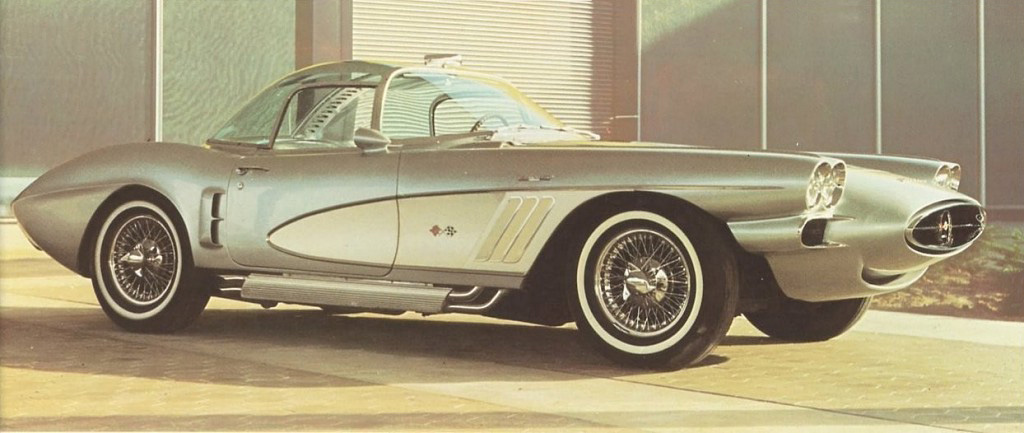
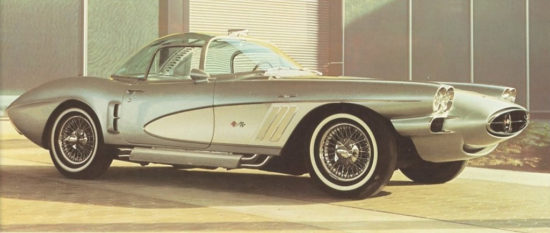
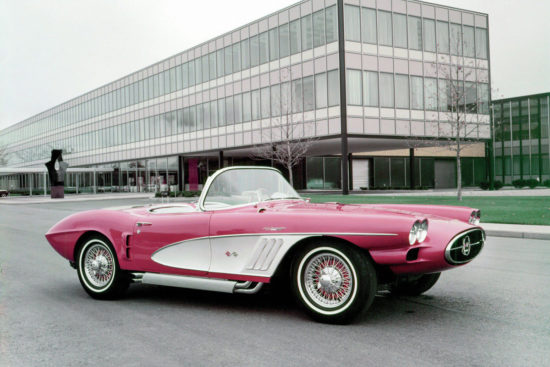
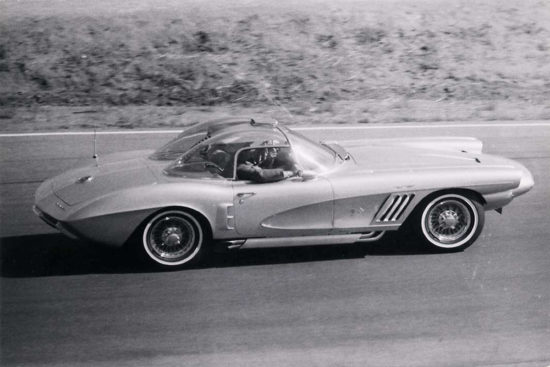
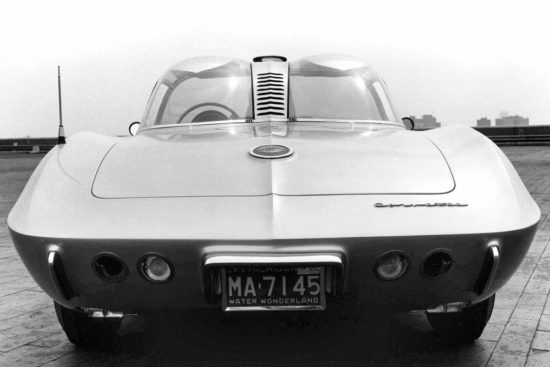

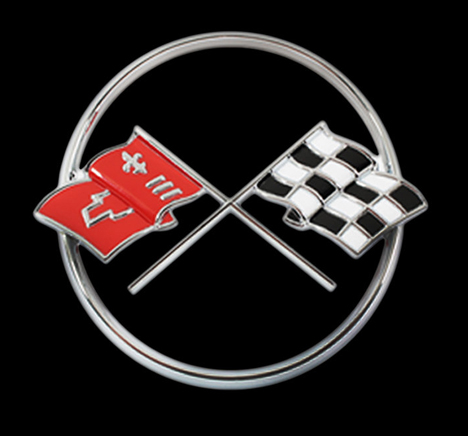
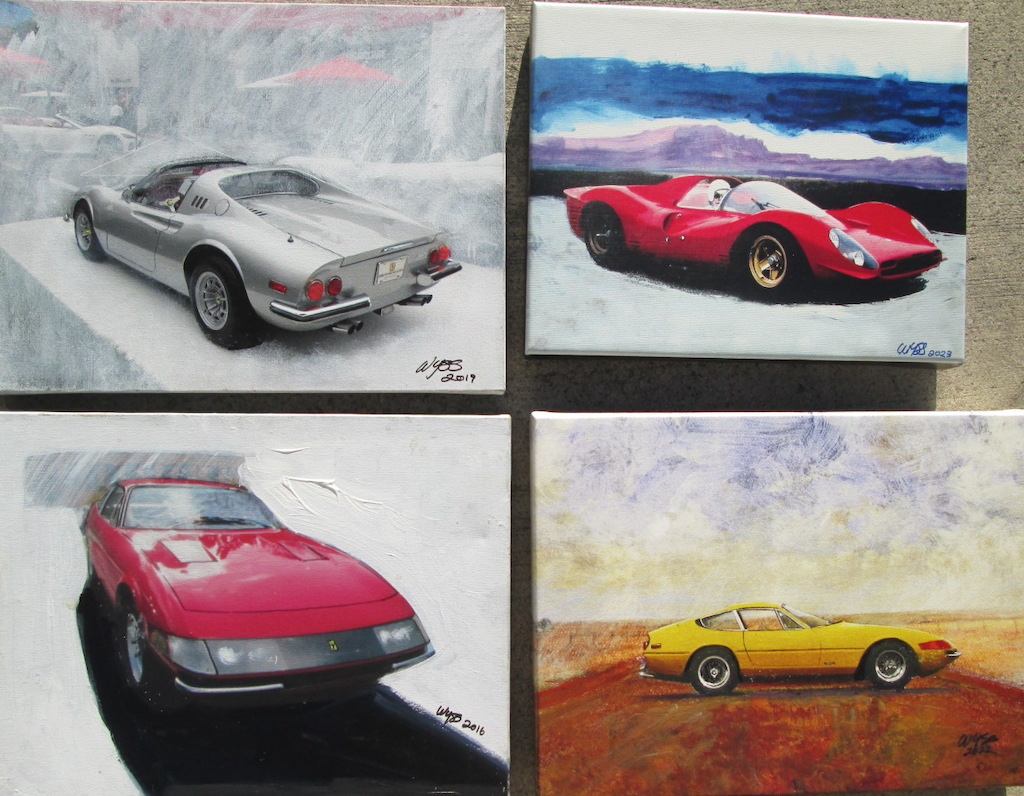

Wallace….. The nose piece on the red car and the silver care are different. Look at the air intake under the nose. The total shape of the windshield is also different. If you have any pictures of the nose clip from the swap meet, you may realize that the original car may still exist intact !!!
I agree windscreens are different. Not sure about grille other than one has a scoop below it. I think developing something without your boss’ permission could get you fired.in some jobs